Napo tetra - Moenkhausia naponis
Scientific name: Moenkhausia naponis
Common name: Napo tetra
Family: Characidae
Usual size in fish tanks: 4 - 5 cm (1.57 - 1.97 inch)
014
Recommended pH range: 6.4 - 7
Recommended water hardness: 6 - 19°N (107.14 - 339.29ppm)
0°C 32°F30°C 86°F
Recommended temperature range: 24 - 28 °C (75.2 - 82.4°F)
The way how these fish reproduce: Spawning
Where the species comes from: South America
Temperament to its own species: peaceful
Temperament toward other fish species: peaceful
Usual place in the tank: Top levels
Overview
The Napo Tetra (Moenkhausia naponis) is a small, peaceful fish native to the Amazonian waterways of South America. Known for their shimmering appearance and active swimming behavior, these tetras are ideal for community tanks and bring a lively dynamic to any aquarium setup.
Origin and Natural Habitat
Napo Tetras are found in the freshwater rivers and streams of the Amazon Basin. They thrive in slow-moving waters rich in vegetation, where they can find plenty of hiding spots and food sources.
Appearance and Size
Napo Tetras have a sleek, streamlined body with a subtle iridescence that catches the light beautifully. They typically grow to about 4-5 cm (1.57-1.97 inches) in length, making them a perfect addition to smaller aquariums or nano tanks.
Tank Requirements
- Tank Size: A minimum of 40 liters (10 gallons) is recommended to provide ample space for schooling behavior.
- Water Parameters:
- pH: 6.4 - 7.0
- Water Hardness: 6 - 19°N (107 - 339 ppm)
- Temperature: 24 - 28°C (75.2 - 82.4°F)
- Tank Setup: Use a well-planted tank with subdued lighting to mimic their natural environment. Floating plants and driftwood can provide additional hiding spots, while open swimming areas will allow them to display their active behavior.
Temperament and Tank Mates
Napo Tetras are peaceful and thrive in community tanks with other gentle species. Suitable tank mates include small tetras (like neon tetras and cardinal tetras), rasboras, guppies, Corydoras catfish, and peaceful dwarf cichlids like Apistogramma. Avoid aggressive or fin-nipping fish, such as tiger barbs or larger cichlids, which may stress or harm the Napo Tetras.
They are schooling fish and should be kept in groups of at least six to promote natural behavior and reduce stress.
Feeding and Diet
Napo Tetras are omnivorous and will readily accept a variety of foods:
- High-quality flake or small pellet foods as a staple diet
- Live or frozen treats like bloodworms, daphnia, brine shrimp, or white worms twice a week
- Occasional vegetable matter, such as spirulina flakes or blanched spinach
Sexing
Females tend to have fuller, rounder bodies compared to the slimmer males. Males may also display slightly more vibrant coloration during the breeding season.
Breeding
Breeding Napo Tetras can be achieved with careful preparation:
- Condition males and females in separate tanks for about a week before introducing them to the breeding tank.
- Provide Java moss or fine-leaved plants for the eggs to fall into and reduce the water level to about 8 inches (~20 cm).
- Once spawning is complete, remove the parents to prevent them from eating the eggs.
- The eggs will hatch in 36-48 hours, and the fry can be fed infusoria until they are large enough to consume newly hatched brine shrimp or finely crushed flake food.
Lifespan
With proper care, Napo Tetras can live between 3 to 5 years in a well-maintained aquarium.
Conclusion
The Napo Tetra (Moenkhausia naponis) is a beautiful, peaceful addition to any community aquarium. Their shimmering colors and active schooling behavior make them a favorite among aquarists. With the right environment, diet, and companions, these tetras will thrive and bring life and vibrancy to your tank.
Pictures
Bought by aqua-fish.net from jjphoto.dk.
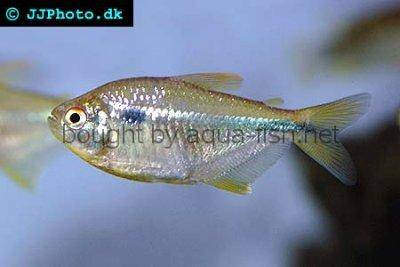



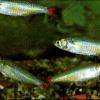 Bloodfin
Bloodfin 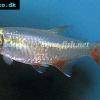 Bloodfin
Bloodfin 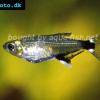 Panda
Panda 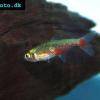 Green
Green 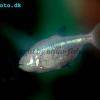 Blind
Blind 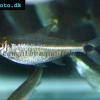 Kennedy
Kennedy 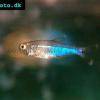 Blue
Blue 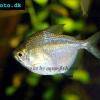 Discus
Discus 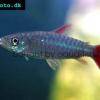 Pink
Pink 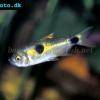 Bucktoothed
Bucktoothed 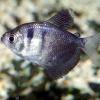 Black
Black 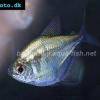 False
False 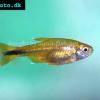 Silver
Silver  Hemigrammus
Hemigrammus 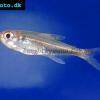 Dash-dot
Dash-dot 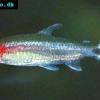 Rummy
Rummy 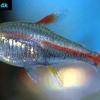 Glowlight
Glowlight 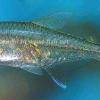 January
January 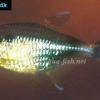 Head
Head 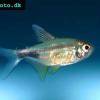 Garnet
Garnet 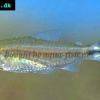 Rummy
Rummy 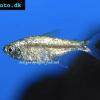 Gold
Gold 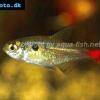 Red
Red 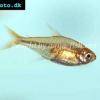 Ember
Ember 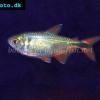 Buenos
Buenos 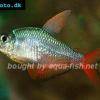 Colombian
Colombian 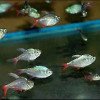 Ecuador
Ecuador 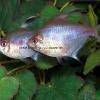 Bleeding
Bleeding 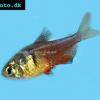 Flame
Flame 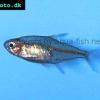 Georgett’s
Georgett’s 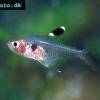 Griems
Griems 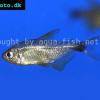 Kitty
Kitty 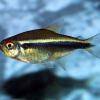 Black
Black 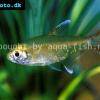 Firefin
Firefin 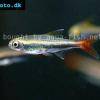 Loreto
Loreto 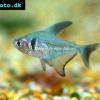 Black
Black 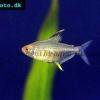 Lemon
Lemon 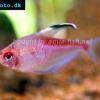 Redback
Redback 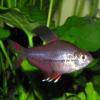 Rosy
Rosy 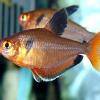 Serpae
Serpae 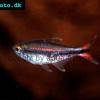 Savanna
Savanna 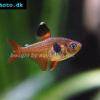 Red
Red 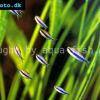 Blue
Blue 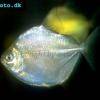 Silver
Silver 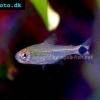 Ceros
Ceros 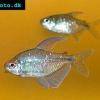 Diamond
Diamond 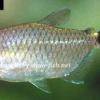 Red
Red 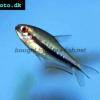 Rainbow
Rainbow 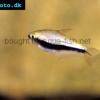 Emperor
Emperor 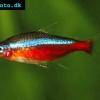 Cardinal
Cardinal 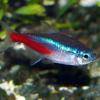 Neon
Neon 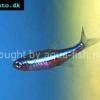 Green
Green 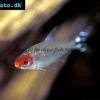 False
False 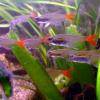 Glass
Glass 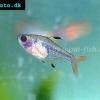 X-ray
X-ray 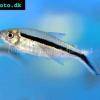 Penguin
Penguin